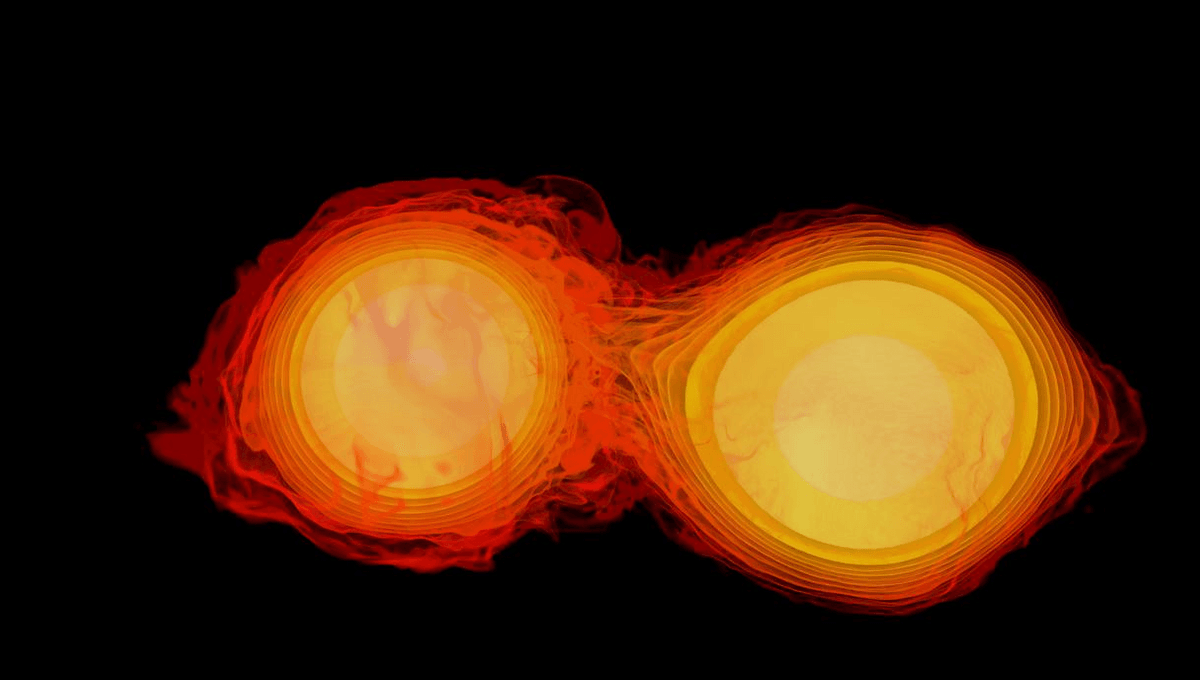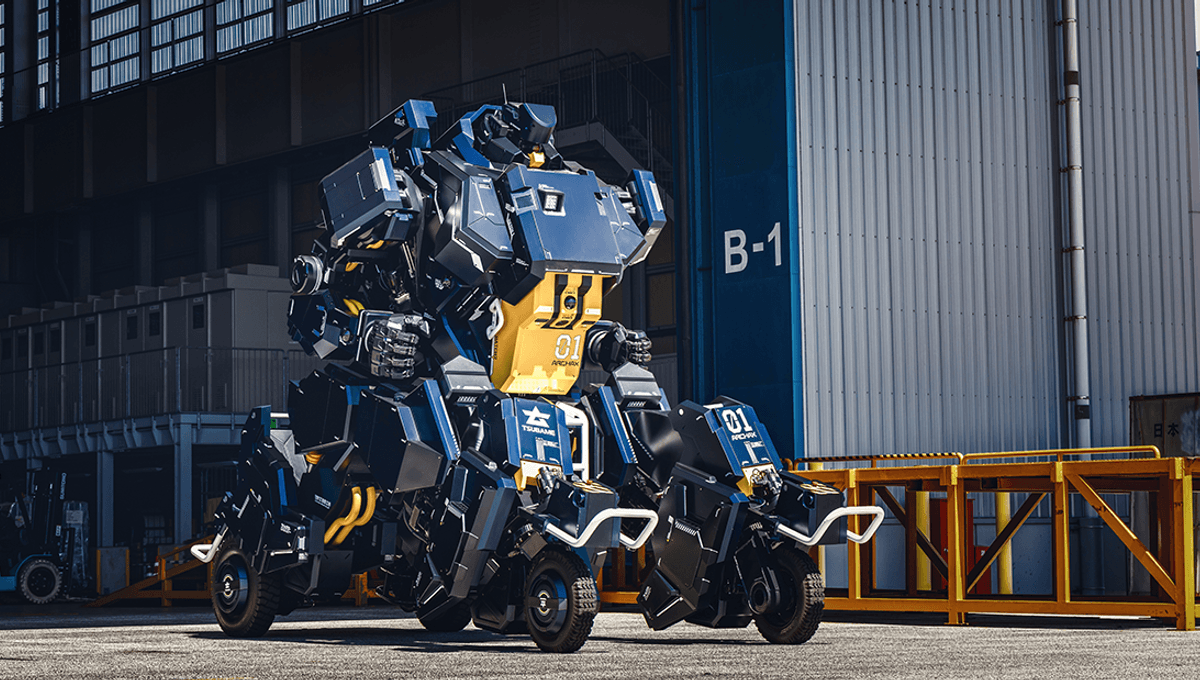Prepare yourself for the dangers that lie beyond our Solar System. While we’re familiar with the threat of asteroids and comets, the universe has even more hazards in store. Supernovas and other exploding stars can be fatal, extending their destructive reach far and wide. These cosmic events may offer an explanation for the Fermi Paradox, suggesting that radiation bursts sterilize most planets before they can develop advanced technology.
While supernovas are well-studied, kilonovas remain a mystery. We only observed our first kilonova in 2017, leaving us with limited knowledge about their potential threat to galaxies and the survival of life. In a groundbreaking preprint paper, a team of astronomers has taken the first steps in determining the danger radius of neutron star mergers.
Although the term kilonova can refer to the entire collision and its consequences, it can also describe the emissions of radioactive elements expelled during the explosion. The authors explain that binary neutron star mergers produce various high-energy emissions, including gamma-ray bursts (GRBs), kilonovas, and remnants that can span parsecs in size. The ionizing radiation from these sources can be dangerous for Earth-like planets located too close.
However, the threat locations differ. Kilonovas spread in all directions, while GRBs are focused. If you’re off the axis of a GRB, the kilonova poses the greatest danger. Conversely, even if you’re far from the event, being within the GRB’s cone puts you at risk.
The authors focus on the neglected aspect of off-axis danger, as previous studies have explored the threat of GRBs. Surprisingly, they conclude that the most significant concern is not the immediate explosion, but the cosmic rays that follow thousands of years later.
“For baseline kilonova parameters, we find that the X-ray emission from the afterglow may be lethal up to ∼5 pc (16 light years),” they write. “And the off-axis gamma-ray emission may threaten a range up to ∼4 pc (13 light years). However, the greatest threat comes years after the explosion, from the cosmic rays accelerated by the kilonova blast, which can be lethal up to distances of ∼11 pc (36 light years).”
While the Earth’s atmosphere initially provides some protection against radiation, it triggers a series of processes that lead to the destruction of the ozone layer, exposing living organisms to deadly UV radiation. Even underground, secondary particles from cosmic rays can cause cancer.
The paper also highlights previous studies that concluded radiation from GRBs can be lethal up to 7,000 light-years away for long GRBs. Even short bursts lasting less than two seconds pose a danger up to 700 light-years away if you’re on the axis. It’s important to note that not all GRBs are caused by neutron star mergers.
Ultimately, the authors conclude that kilonovas should not be a top concern. Recent research suggests that certain types of supernovas pose a delayed threat to planets at greater distances than the commonly quoted 50-100 light-years.
While the volume of space threatened by these events may be similar, neutron star mergers are much less frequent. It’s highly unlikely that one will occur close enough to Earth to pose a danger within the planet’s lifetime.
Rest assured, there is currently little immediate risk. The closest known neutron star is at least 250 light-years away. For a kilonova to occur, two stars must be locked in such a tight orbit that they will eventually collide. The danger would have been slightly higher when the Sun was part of its original cluster, but still minimal.
You can find a preprint of the study on ArXiv.org.








